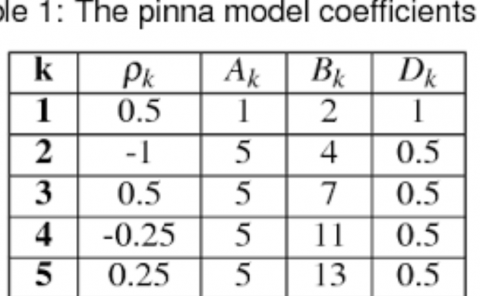Walking With Augmented Reality: A Preliminary Assessment of Visual Feedback With a Cable-Driven Active Leg Exoskeleton (C-ALEX)
PubDate: July 2019
Teams: Columbia University;Quadrus Medical Technologies;
Writers: Rand Hidayah; Siddharth Chamarthy; Avni Shah; Matthew Fitzgerald-Maguire; Sunil K. Agrawal

Abstract
Visual and force feedback are common elements in rehabilitation robotics, but visual feedback is difficult to provide in over-ground mobile exoskeleton systems. This letter aims to provide a method to integrate visual feedback using an augmented reality HoloLens headset with our mobile C-ALEX system. A preliminary study was carried out to assess the effects of providing force-only (Haptic), force and visual (HoloHapt) or visual (Visual) feedback to three independent groups, each containing eight participants. The groups showed an increase in normalized step height, nSH (HoloHapt: 1.10 ± 0.13, Haptic: 1.03 ± 0.23 Visual: 1.61 ± 0.52) and decreased normalized trajectory tracking error, TE (HoloHapt: 42.8% ± 23.4%, Haptic: 47.6% ± 18.4%, Visual: 114 .2 % ± 60.0 % ). Visual nSH differed significantly from HoloHapt and Haptic nSH ( p<0.005 ). Lap-wise normalized tracking error differed significantly ( p<0.005 ) within participants. The results show the feasibility of and differences between each form of feedback for overground gait training. This information is useful for future studies targeted at patients with gait impairments.


